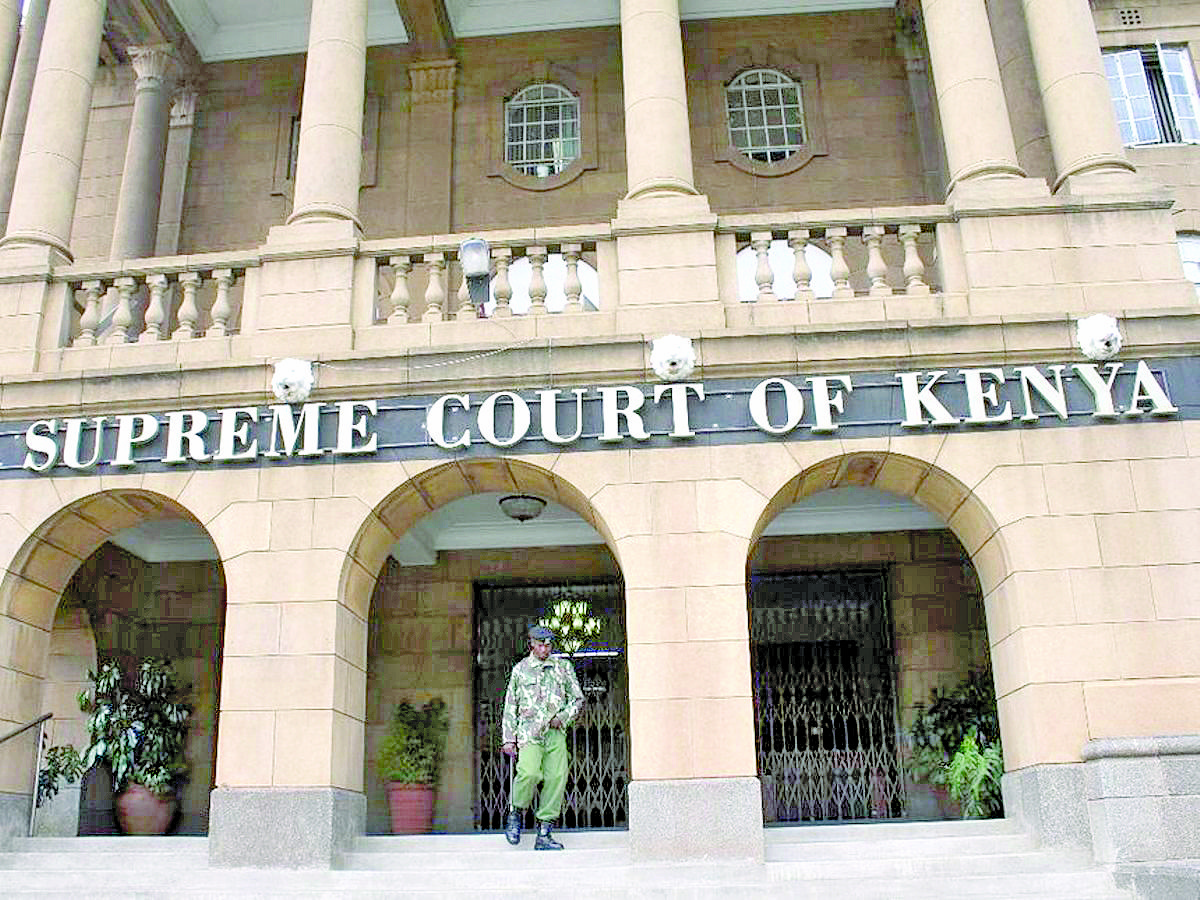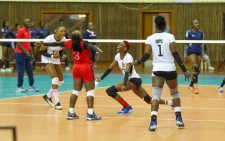Apex court’s blunders dent public confidence

The state of the judiciary, specifically the Supreme Court’s current position, is worrying. As the citadel of justice administration, society must have complete confidence in the judiciary and the nation’s apex court.
Due to the functions bestowed on the Supreme Court, the lower courts must function knowing that the highest court can check their actions in case they are deemed to fall short of expectations or to satisfy those who may not be satisfied by the lower courts’ decisions.
The Supreme Court’s functions include interpreting the Constitution, having exclusive jurisdiction over presidential elections, hearing appeals from the Court of Appeal and other tribunals, deciding the validity of laws and executive pronouncements, and providing advisory opinions.
However, recent events raise questions about whether the current state of the Supreme Court and its members gives the nation confidence that the institution is fit for its purpose.
About a month ago, the Commission on Administrative Justice wrote to the Judicial Service Commission (JSC) seeking answers as to why disputes lodged there, some of which had been pending for many years, have not been resolved.
Most disputes lodged with the JSC relate to the judges’ conduct and their decisions. Chief Justice Martha Koome is the president of the JSC. Nearly 700 petitions have been filed at the JSC in almost five years, and less than half have been resolved.
The consequence of the CAJ’s letter to the JSC is that unless the latter’s responses to the questions they raised were satisfactory, the office would seek to judge the JSC incompetent and request their removal from the office. If the president of the JSC were declared incompetent, it would be hard to see how there would still be confidence in the head of the Supreme Court.
However, the Supreme Court justices themselves have gone to the High Court to seek protection against complaints raised against their work. Lawyers and petitioners have petitioned the JSC, questioning the Supreme Court’s conduct. The Supreme Court members have, in turn, turned to the High Court to seek security. It is a case of elders running to the youth for shelter.
This seems like a mess. Let us assume that one party feels aggrieved by the High Court’s rulings. As provided for, they would seek redress at the Court of Appeal. If they are still not satisfied, they can go to the Supreme Court. How will that happen when the Supreme Court finds itself before itself?
The Supreme Court ought to have the best minds the country can provide. The appointment process must be designed to that end. Then, in executing its role, the court must instil confidence.
The Supreme Court has challenges instilling that confidence. Much of this may depend less on the substance of its rulings and more on the fashion of its execution.
In its most famous rulings, during which the entire nation is glued to its outcome, the Supreme Court has probably only once instilled that confidence. The place of Justice David Maraga is well secured in the minds of Kenyans.
In some other instances, there is a near perception that, in its proceedings, the court sought to be a little too colourful but, in the process, probably flew too close to the sun.
That does not mean the judicial rulings should not provide a little colour to give it life. The former Chief Justice Chunilal Bhangwandas Madan, probably the Chief Justice with the shortest term, said in one of his rulings:
“Stanley Munga Githunguri. You have been beseeching the Court for an order of prohibition. Take the order. This court gives it to you. When you leave here, raise your eyes to the hills. Utter a prayer of thankfulness that your fundamental rights are protected under the juridical system of Kenya.”
His ruling as a young lawyer on the independence of the media would please journalists to no end today. The Supreme Court must find its feet.
— The writer is the Dean of Daystar University’s School of Communication















